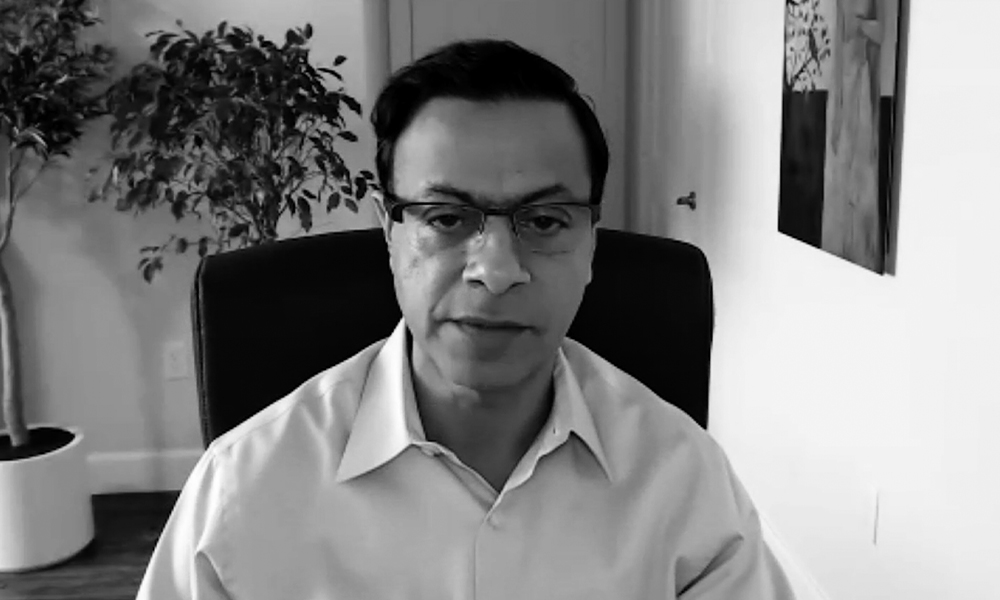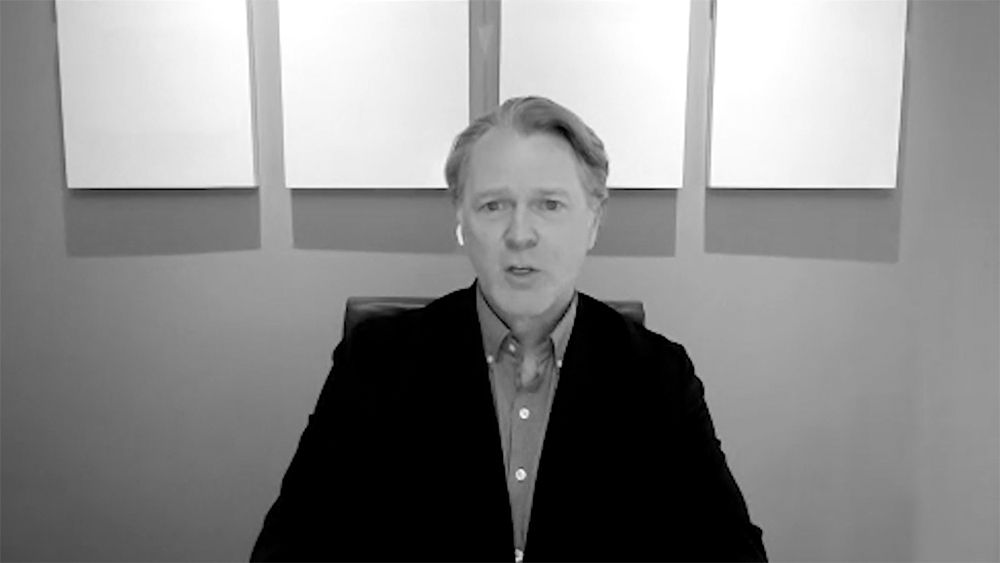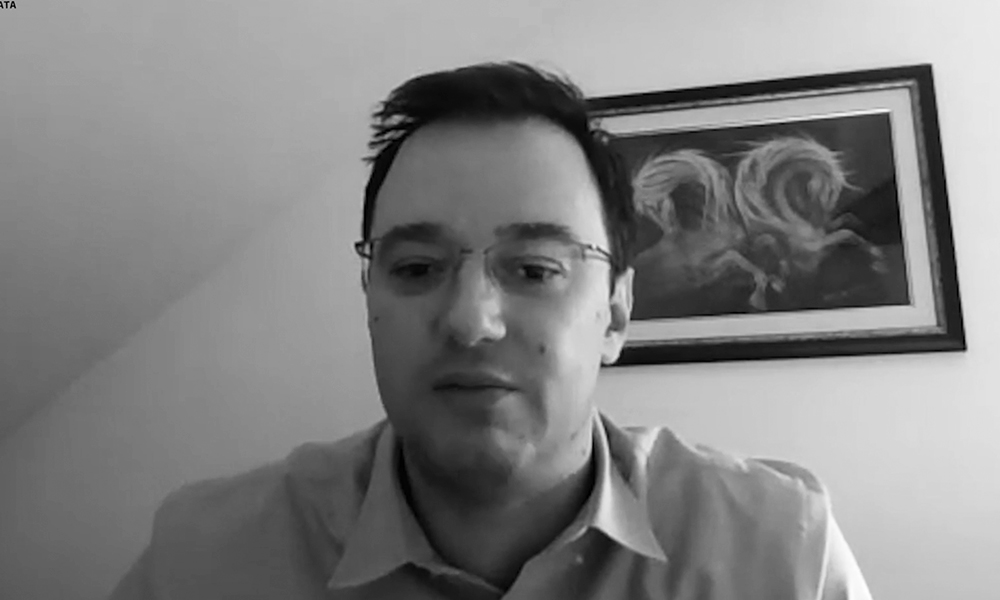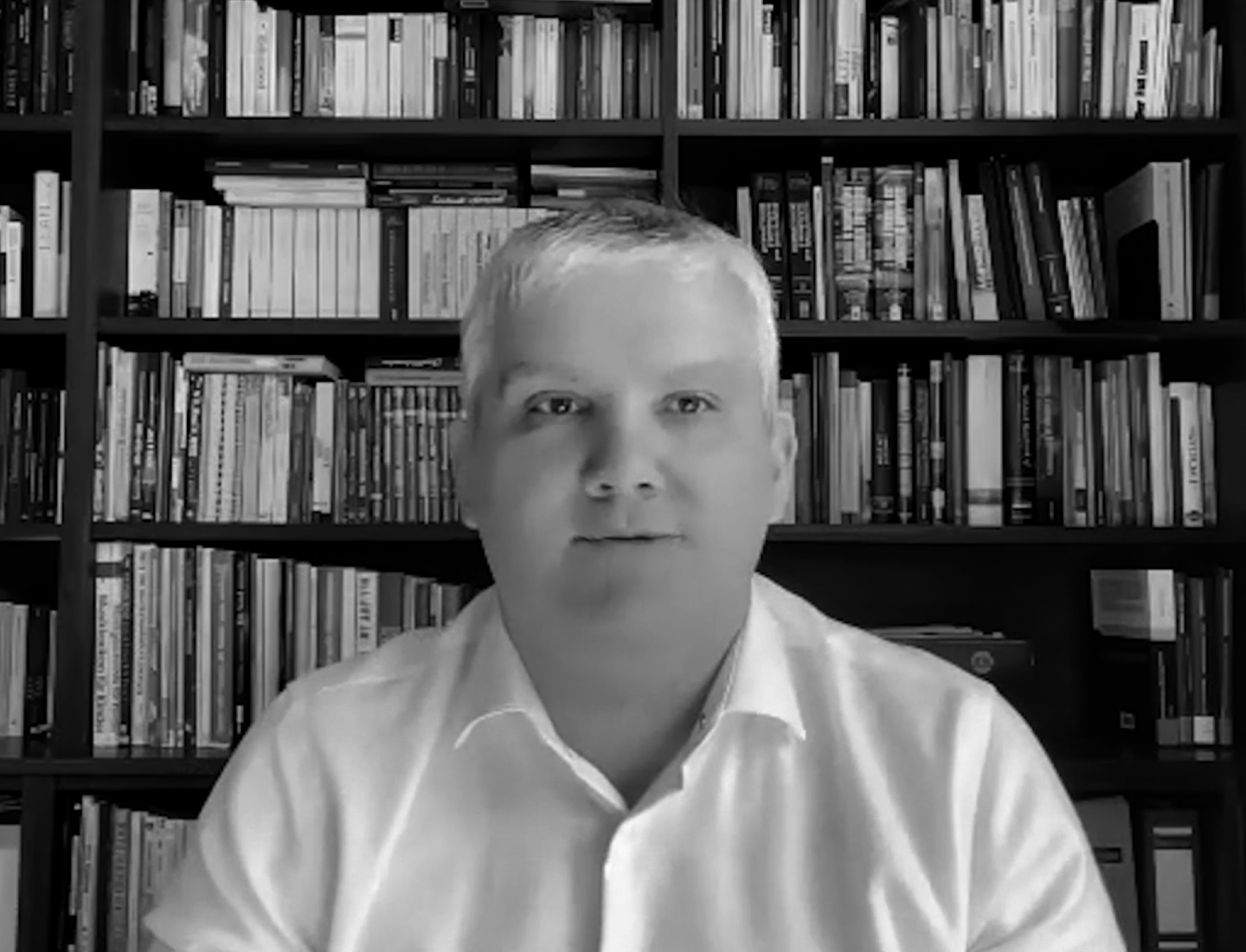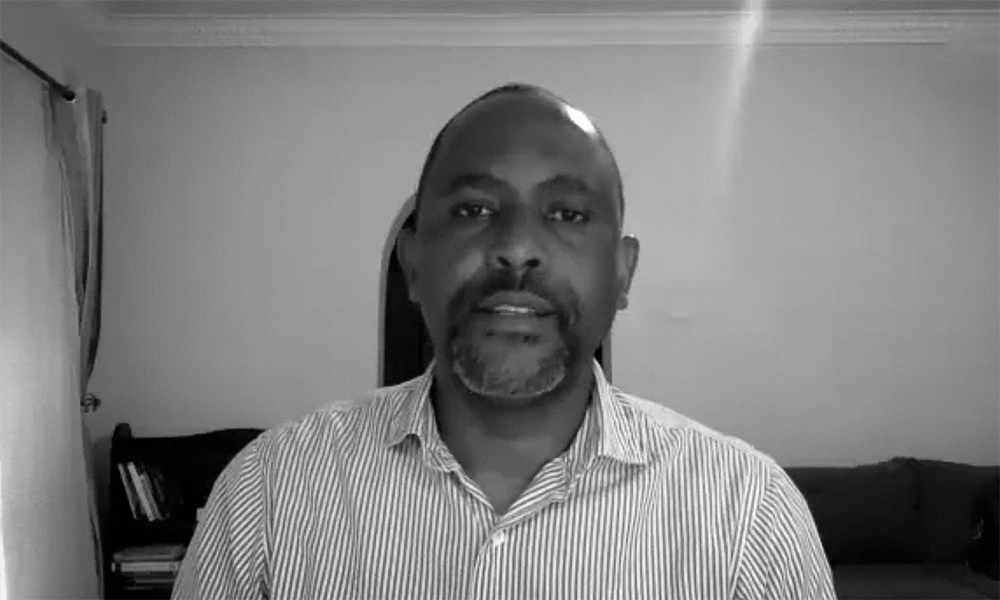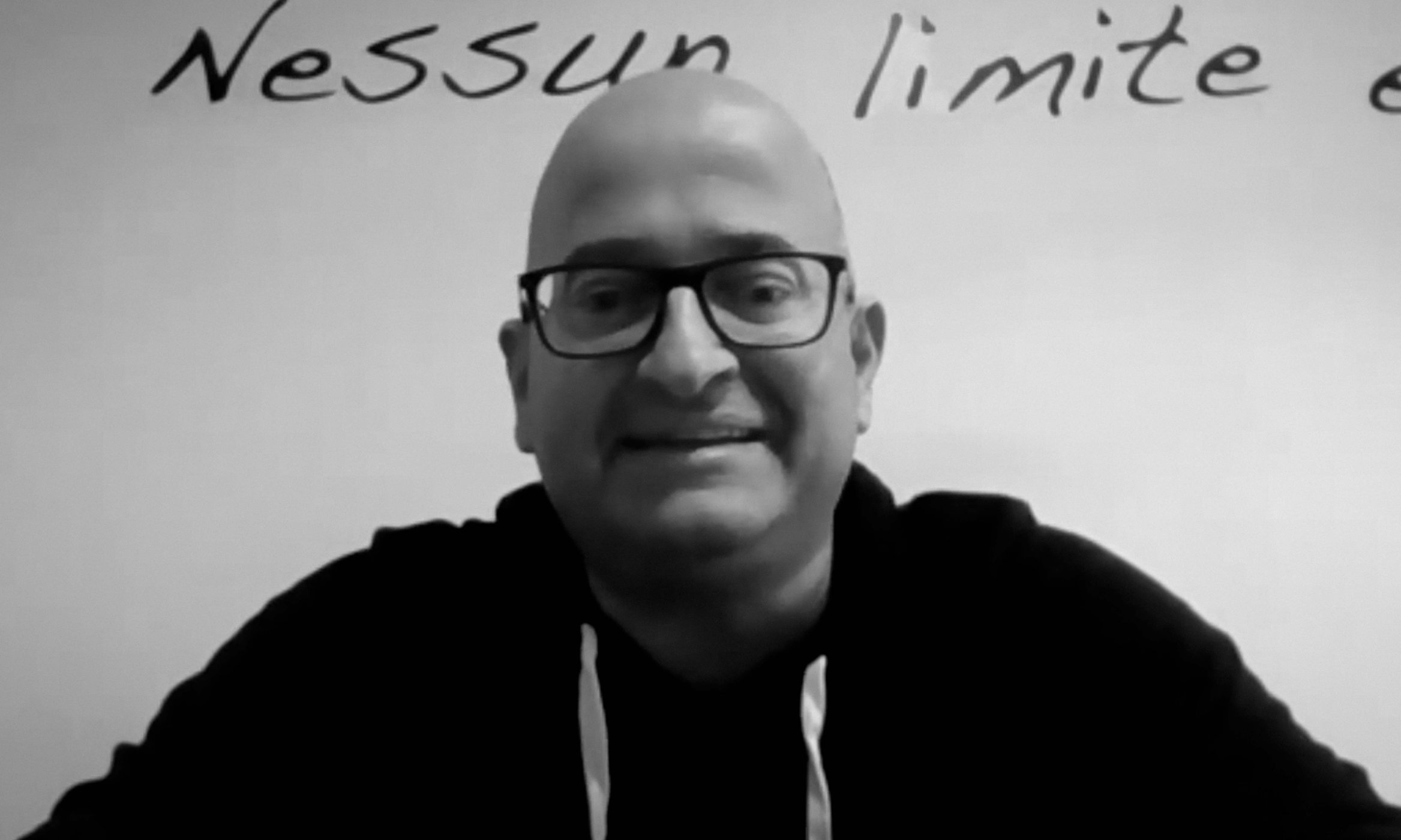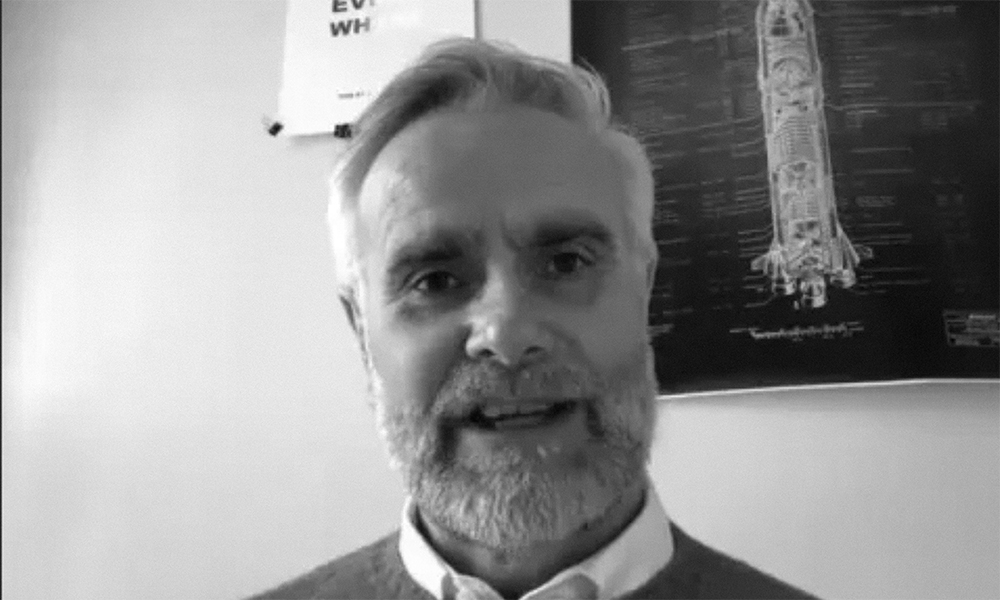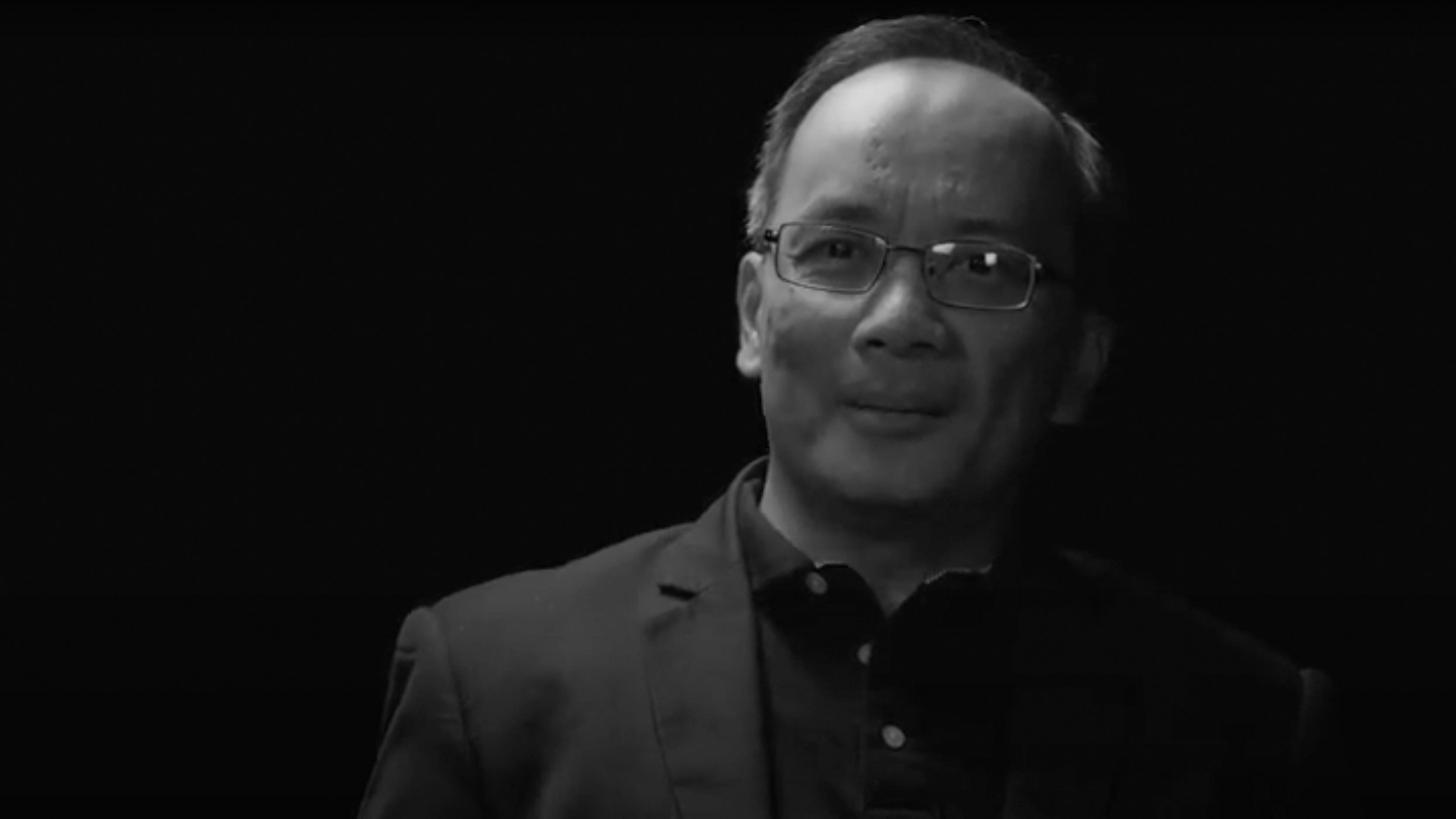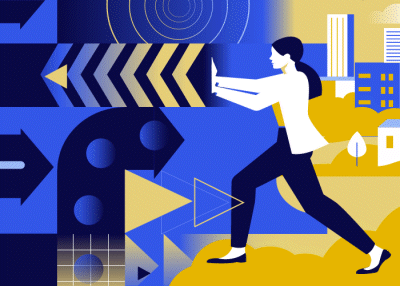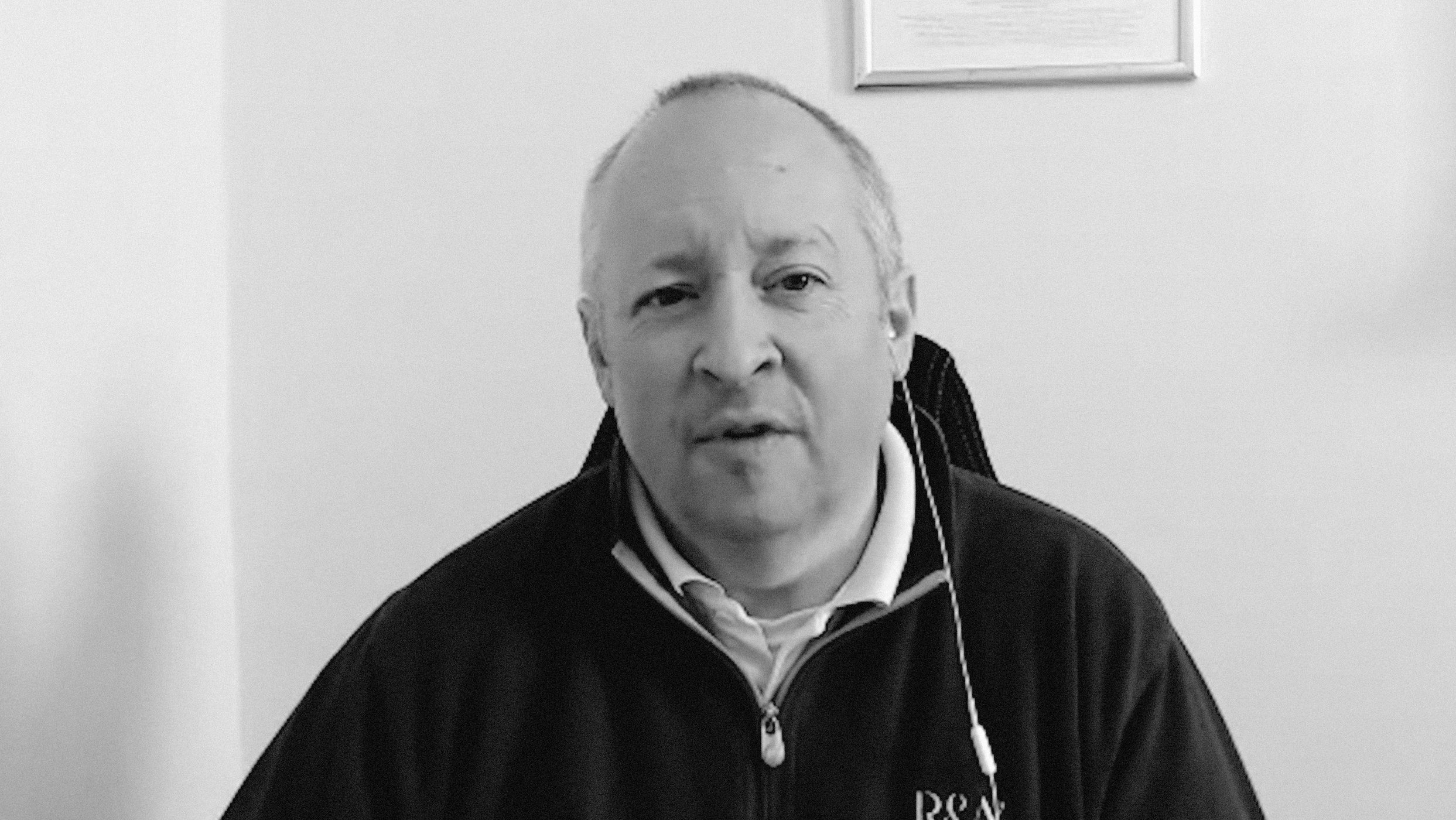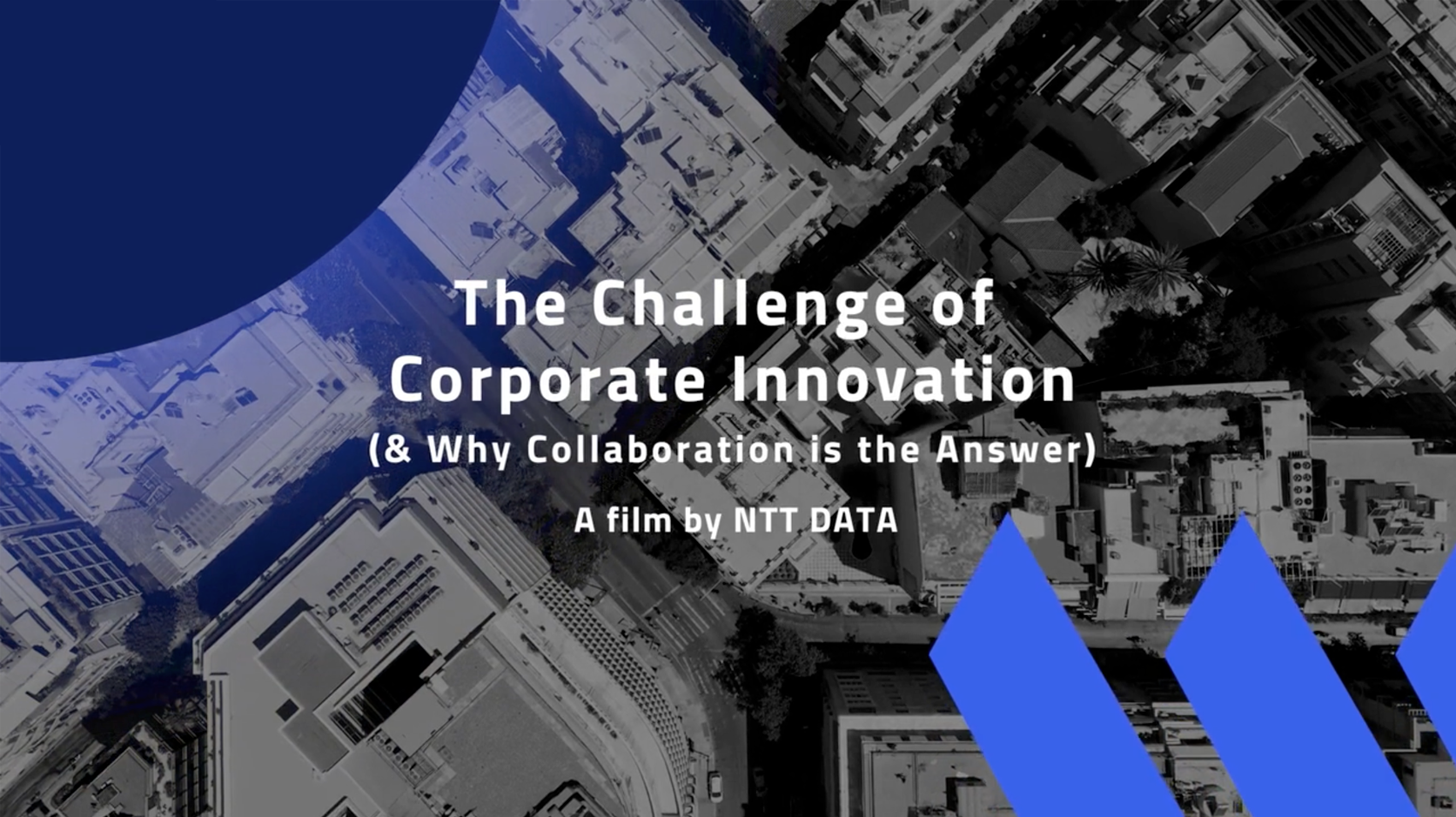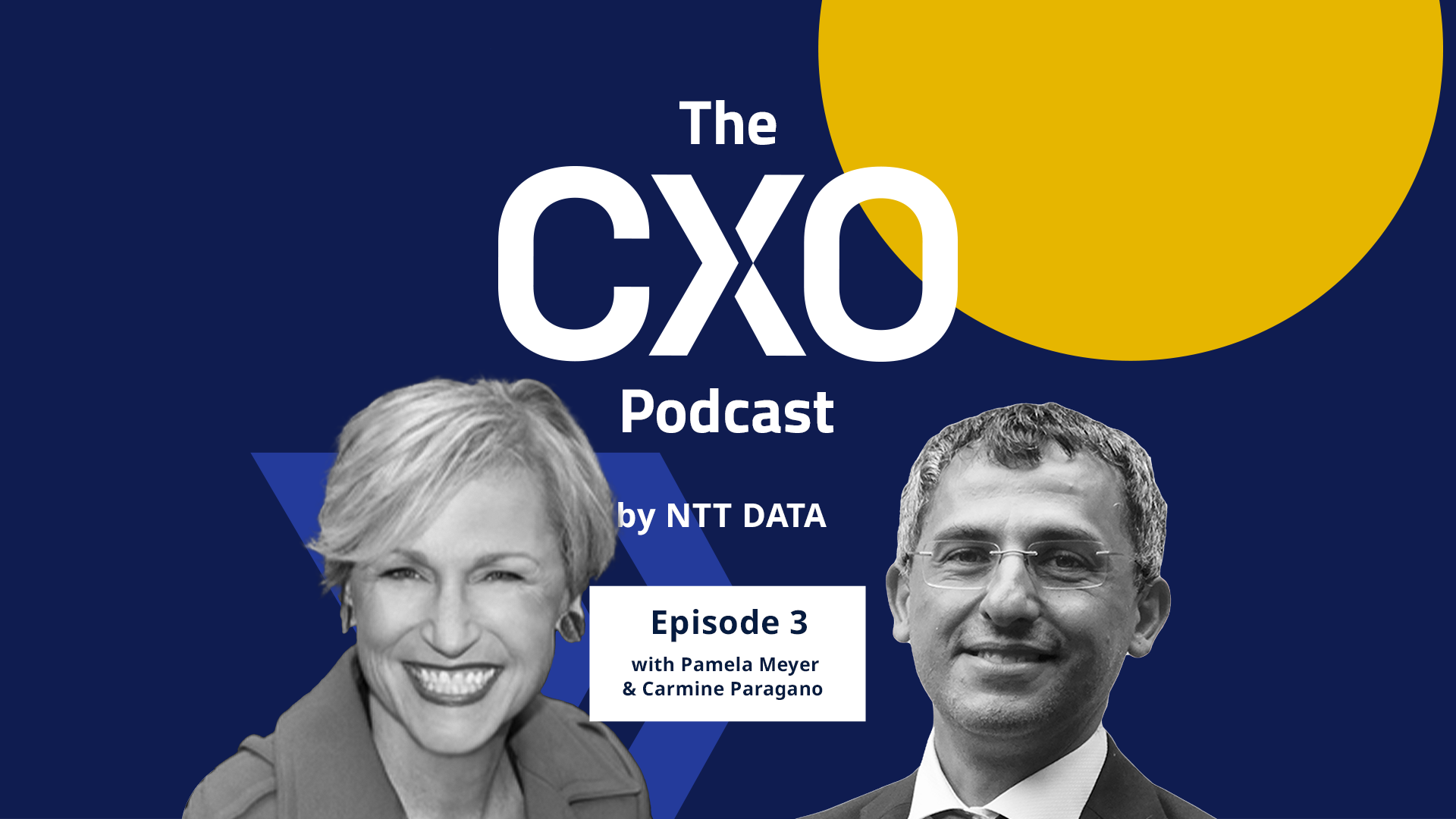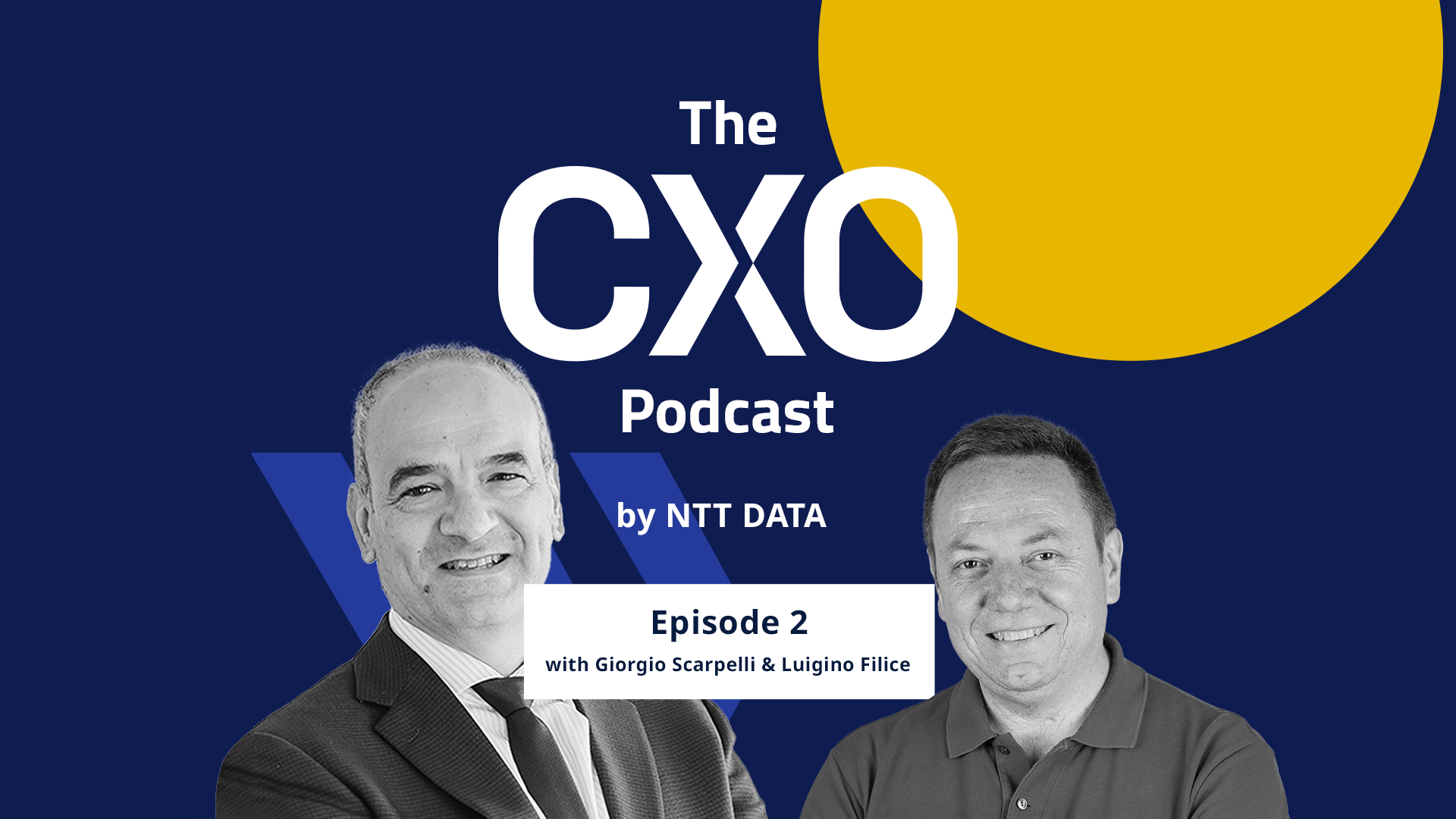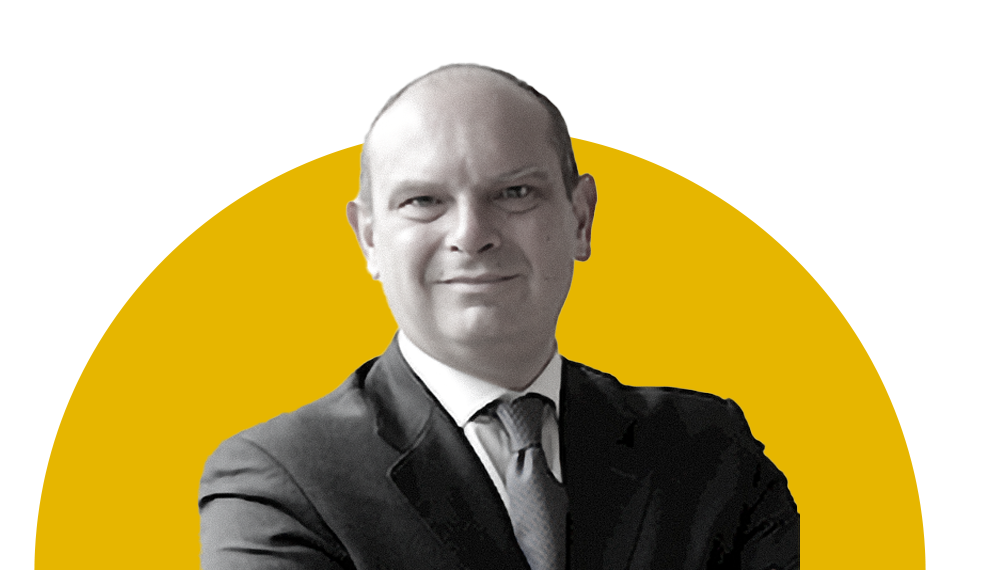
Photograph: Simone Hutsch/Unsplash
Fostering an entrepreneurial mindset in the next generation of the workforce needs not only a paradigm shift in management but a robust framework, in order to break old habits and ways of thinking. Culture, as with any aspect of business, has to be approached strategically and with a well-defined methodology. To build a culture of entrepreneurship, leaders need to be asking: how can our people be helped to be bold innovators? How do I drive the change needed for hierarchical structures to become flatter? And how do we align with the changes and shifts in wider society?
Adapting to Society 5.0
Society 5.0, a concept originating from Japan, brings the technological innovations from the digital age in which we live, in line with new social and economic needs. This new world is ‘super-smart’, answering very pressing questions in society (such as how to support a growing ageing population and protect our natural environment) with radical tech-based solutions.
Going from start-up to medium-sized enterprise and then to global business, we have seen a steady increase in the desire to innovate amongst our people. So, we created a space for them to do this.
It is so named because of the shifts in organised human activity, from hunter-gatherer (1.0) to agricultural (2.0) and industrialised (3.0), through to the information age of the last 25 years (Society 4.0). This next iteration is firmly focused on meeting real and vital needs, by leveraging the entrepreneurial spirit of the best and brightest.
Romanian culture is a natural backdrop for entrepreneurial spirit, which has invention and creativity at its heart. Both in and out of corporate culture, the innovative spirit is evident, with the numbers of self-employed higher than the European average at 16.4% of the population. It also has one of the highest TEA (or Total Entrepreneurial Activities) rates in Europe which measures the proportion of the population involved in starting or managing a business less than 3½ years old.
With several globally-renowned inventions in aviation, physics, medicine and art (including the jet-pack, the discovery of insulin, and the Hyper CD-ROM), innovation is front-and-centre for many industries.
In my role as CTO at NTT DATA Romania, I have seen first-hand how technology is accompanied by creativity and advisory insight, and the infusion of young entrepreneurs is easily spotted in our customised client solutions.
Innovation in our DNA
Creativity needs to be channeled in a business environment. It has to be nurtured through a proper framework for entrepreneurial skills to manifest in day-to-day business. In our team, we approach it through the Innovation DNA Framework, which is our internal guideline for fuelling and channelling innovation ideas. From a technical person’s point of view, for each idea you need a reason, a process and a methodical approach.
Over the last 20 years, going from start-up to medium-sized enterprise and then to global business, we have seen a steady increase in the desire to innovate amongst our people.
So we offered them the right space to create new solutions, and to create with more focus:
A platform for innovation that gathers ideas
A comprehensive knowledge database for technology, market insights and services and solutions catalogues
Lean process
The opportunity to internally finance their own ideas, as well as finding solutions for improvement
All the above work only in conjunction with market environment and client needs, wrapped in a continuous change and improvement model.
Social shifts
Our digital age is known as the fourth industrial revolution, with the technology of the 1990s and the new millennium bringing never-before-seen process optimisation. Today’s smart factories still focus on process and productivity automation. But the latest shifts in society from the last decade, show that for technology to realise its full potential, the human experience must be squarely at the centre.
This is the basis for Society 5.0: that the full potential of AI and cutting-edge technology is transfused with making the world better. As such, for an organisation to adapt, it needs to refactor itself – transforming around people and nurturing innovation from within, in a fast-paced manner and with an unwavering focus on three aspects:
Behaviour
Competence
Technology
Three building blocks
Behaviour
At the behavioural level, we need to understand that we are all part of an ecosystem – businesses, social groups, citizens – while technology is the vital link that gives substance to this ecosystem. Engagement on a behavioural level is the most sensitive of tasks, since you are not asking people to change the way they work, but the way they intrinsically think and judge situations. Not just for those who enter the circle of trust, but for all your employees.
This is all about vision and purpose. A consistent message, consistently and continuously reinforced through internal comms to all your employees, helps to ensure they know the organisational vision inside-out, and can make decisions with the vision as their guiding star. The vision should encourage people to come up with innovative improvements for internal processes. By assuming responsibility proactively, your people will become independent and more powerful.
Competence
Like master craftsmen, business leaders must always be improving. Change across the second level happens through improving competencies; investment in training and skills development is vital to spark the entrepreneurial spirit. With expert L&D and a focus on value propositions rather than products and services, you can foster that consultancy mindset – developing your portfolio with a firm focus on tackling your clients’ needs.
Having the right tools – tested, time-efficient workflows, smart collaboration software and a reliable internal infrastructure – ensures your budding craftsmen have everything they need to create a masterpiece.
And, as we go from business-as-usual to change-as-usual, employee development programmes in Project, Change and Crisis Management are no-brainers for all companies.
Technology
The needs of our new society require us to apply quick remedies to new ways of doing things, by means of new technologies. Easy, right?
The truth is that customer expectations are the highest they have ever been, thanks to developments in tech and fierce competition in markets new and old. The question we are all asking is, of course: how do we stay in business 10 years from now?
Focusing technology back to the essential human needs, as today’s markets necessitate, requires a rather different way of looking at things, and that is where the true shift in digital transformation begins: technology growth in the sectors where primarily employees, clients or citizens are served. The answer should not only show new revenue streams from meeting new needs, but also stand its ground against socio-political and environmental challenges.
For an organisation to adapt, it needs to refactor itself – transforming around people and nurturing innovation from within, in a fast-paced manner and with an unwavering focus on three aspects: behaviour, competence and technology.
Innovation in this new context means identifying the needs of a new culture – needs which materialise with emergent technologies. Because conventional technologies can only do so much, R&D departments have now gained the function of using innovative mixes of cutting-edge tech and customer insight to solve emerging customer needs.
Within digital transformation, the IT element is simply answering the question: what technologies are required to fill those needs? No matter whether it’s for internal process improvement or for marketing, the question remains the same. Innovating across the centuries, this question never changed; but today this same question is trickier to answer, giving rise to a new breed of technology consultants and IT integrators.
Transformation in both corporate and societal environments may always follow the same schematic structure, but implementing it requires experience, skill and creativity.
Building a culture of innovators
For many, the familiar structure of a toolkit or framework provides a welcome antidote to the rate of change – and by extension, the rate of adaptation required – that we’re all facing, in business and in our personal lives. But disruption and change can be a very powerful catalyst for the most world-changing inventions. To build a culture of innovators:
Invest in your employees’ entrepreneurial skills
Be clear on your expectations, and walk the talk
Create the right methodology
Model your business through the right framework
Entrepreneurial spirit, strong corporate culture and the technological journey towards Society 5.0 are all components of an innovation framework that empowers employees to be innovators. In this way, you can help your workforce not only contribute to clients’ and stakeholders’ welfare, but the whole organisational environment, and our whole societal ecosystem.

